Container Sandboxing
Multi-Tenant Environment
A multi-tenant environment allows multiple independent users (tenants) to share the same resources while maintaining privacy and isolation between them.
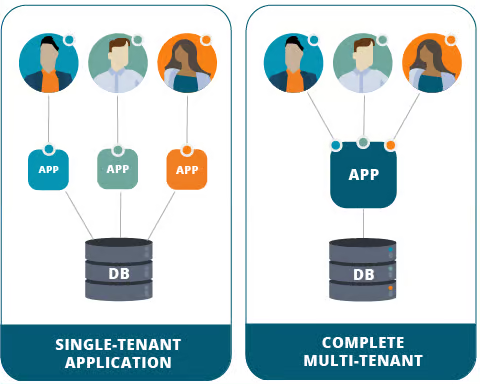
In this setup, a single infrastructure instance serves multiple users, each with their own isolated space, applications, and data.
Challenges:
While multi-tenancy is cost-effective and scalable, it introduces security risks. A breach in one tenant's app can affect others' data and services, highlighting the importance of container sandboxing.
Container Sandboxing
Container sandboxing isolates applications for security and resource protection. Containers are lightweight and portable but require sandboxing mechanisms to ensure they don't interfere with each other or the system.
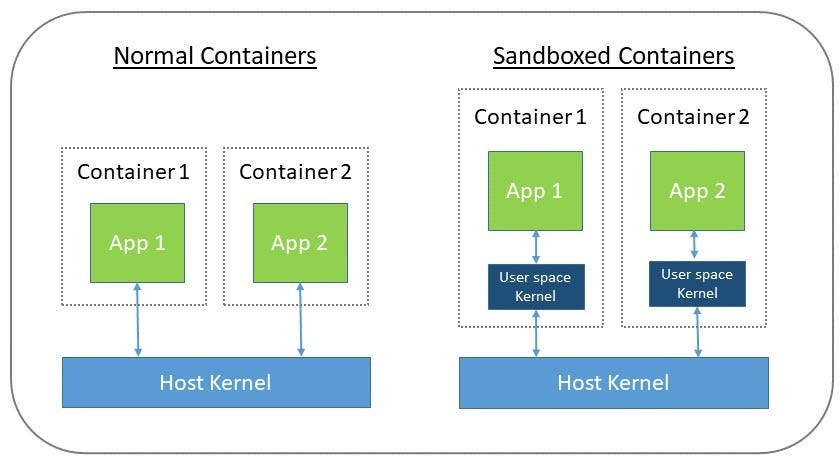
This isolation prevents unauthorized access and improves system security.
gVisor
gVisor enhances container isolation by acting as a middle layer between containers and the host kernel.
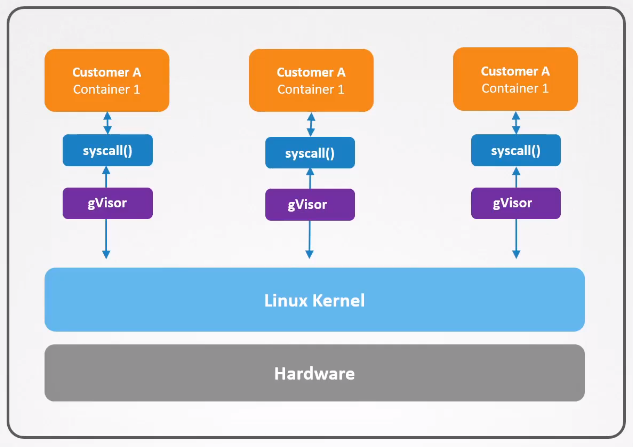
gVisor provides better security for containers by creating a secure sandbox environment without sacrificing performance.
gVisor Components
gVisor has the following components:
-
Sentry:
- Acts as a user-space kernel for containers.
- Intercepts system calls from containerized applications.
- Forwards system calls to the host kernel after filtering.
-
Gofer:
- Manages file system interactions within the sandbox.
- Handles file I/O operations outside the sandbox for security.
- Reduces attack surface by separating file system tasks from containers.
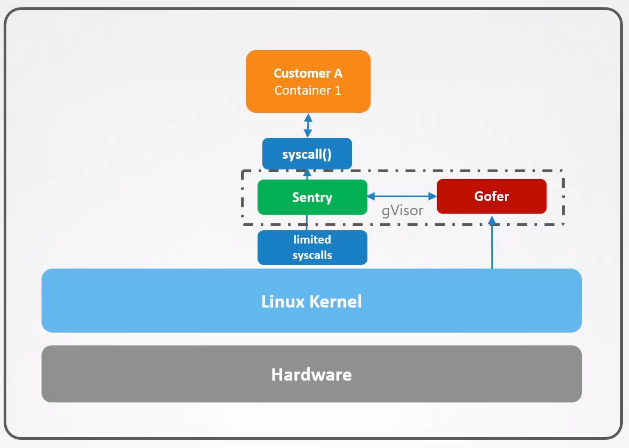
Dedicated gVisor
Each container has a dedicated gVisor instance to ensure isolation. If one gVisor fails, only the affected container is impacted.
- Provides container-specific isolation.
- Limits failure impact to a single container.
- Enhances security by isolating system calls.
- Keeps other containers unaffected during issues.
Kata Containers
Kata containers go further by isolating containers into their own lightweight virtual machines (VMs), each with its own kernel.
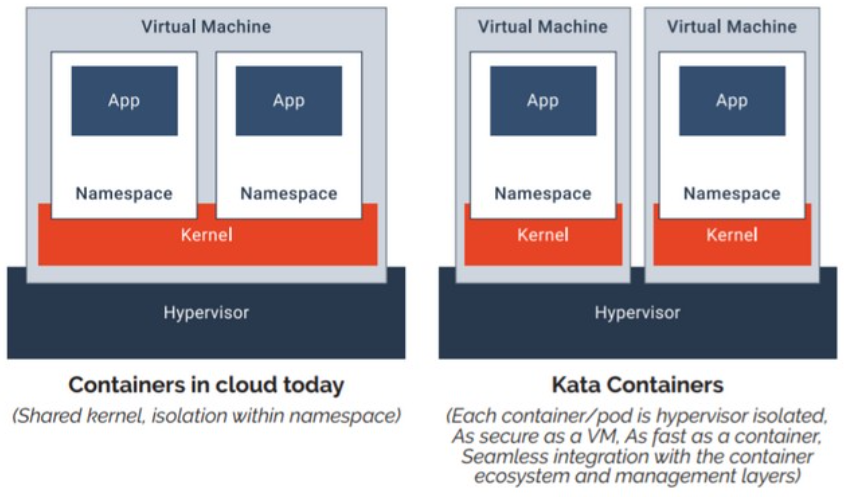
This prevents issues from affecting other containers, but the added isolation comes with a performance trade-off.
Performance and Virtual Machine Support
While Kata Containers provide enhanced isolation, this comes with a slight performance trade-off compared to traditional containers. The added isolation requires more memory and compute resources.
- VMs add a small performance penalty.
- Needs hardware virtualization support.
- Google Cloud supports nested virtualization.
- Nested virtualization can slow performance.
Container Runtimes
While Docker uses runC as its container runtime, gVisor and Kata containers use their own runtimes:
- Kata Containers:
kata-runtime - gVisor:
runsc
These runtimes can also be specified when running Docker containers:
docker run --runtime kata -d nginx
docker run --runtime runsc -d nginx
Using Runtimes in Kubernetes
To use these runtimes in Kubernetes, define a RuntimeClass object:
## gvisor.yaml
apiVersion: node.k8s.io/v1
kind: RuntimeClass
metadata:
name: gvisor-for-my-pods
handler: runsc
Then specify the runtime in your pod definition:
apiVersion: v1
kind: Pod
metadata:
name: nginx-pod-gvisor
spec:
runtimeClassName: gvisor-for-my-pod
containers:
- name: nginx-container
image: nginx
Apply the configuration:
kubectl apply -f .